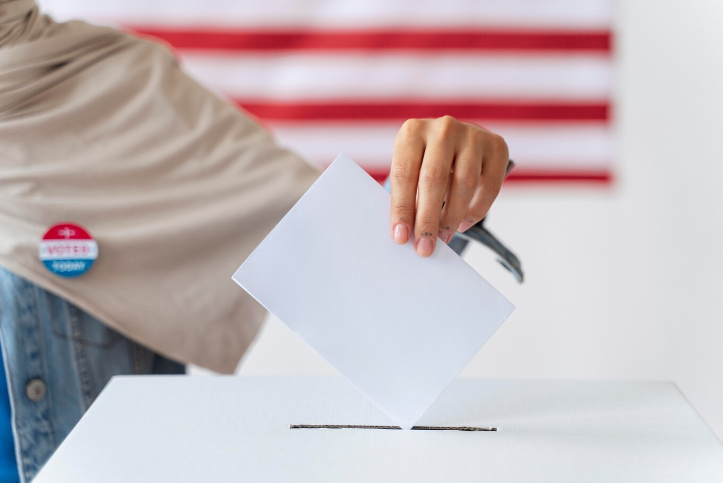Preparing for election day is crucial to ensure a smooth voting process and maximize voter turnout. Here’s a checklist to help you prepare:
Voter Education: Provide clear information to voters about polling locations, hours of operation, voter ID requirements, and any other relevant details. Use various communication channels, such as mailers, websites, social media, and local news outlets, to disseminate this information.
Poll Worker Training: Train poll workers on their roles and responsibilities, including voter check-in, ballot distribution, machine operation, and voter assistance. Ensure they are familiar with election laws, procedures, and protocols to maintain integrity and fairness at the polls.
Equipment and Supplies: Ensure that polling locations are equipped with adequate voting machines, ballots, signage, and other necessary supplies. Conduct equipment testing and maintenance to prevent technical issues on election day.
Accessibility: Ensure that polling locations are accessible to all voters, including those with disabilities. Provide accommodations such as wheelchair ramps, accessible voting machines, and voter assistance programs to facilitate participation.
Security Measures: Implement security measures to safeguard against potential threats, including cybersecurity risks, tampering with voting machines, and voter intimidation. Work with local law enforcement and election officials to develop security protocols and response plans.
Voter Assistance: Provide voter assistance services to help individuals who may have difficulty navigating the voting process, such as language assistance, voter registration assistance, and voter education materials in multiple languages.
Crowd Management: Plan for crowd management at polling locations to prevent long lines, overcrowding, and confusion. Consider implementing strategies such as staggered voting times, additional polling stations, and queue management systems to maintain order and efficiency.
Emergency Preparedness: Develop contingency plans and protocols to address emergencies or unforeseen events that may arise on election day, such as natural disasters, power outages, or civil disturbances. Ensure that poll workers are trained to respond appropriately to emergencies and follow established protocols.
Communication Plan: Establish a communication plan to provide updates and information to voters, poll workers, and stakeholders throughout the day. Designate a spokesperson or communication team to handle inquiries, address issues, and disseminate information as needed.
Monitoring and Oversight: Monitor polling locations and election activities to ensure compliance with election laws and regulations. Assign observers or volunteers to monitor polling places and report any irregularities or concerns to election officials.
Post-Election Activities: Plan for post-election activities, such as ballot counting, results reporting, and post-election audits. Ensure that election officials have the resources and support needed to accurately and transparently tally and certify election results.
By following this election day preparedness checklist, you can help ensure a fair, secure, and efficient voting process that promotes voter confidence and participation in the democratic process.




